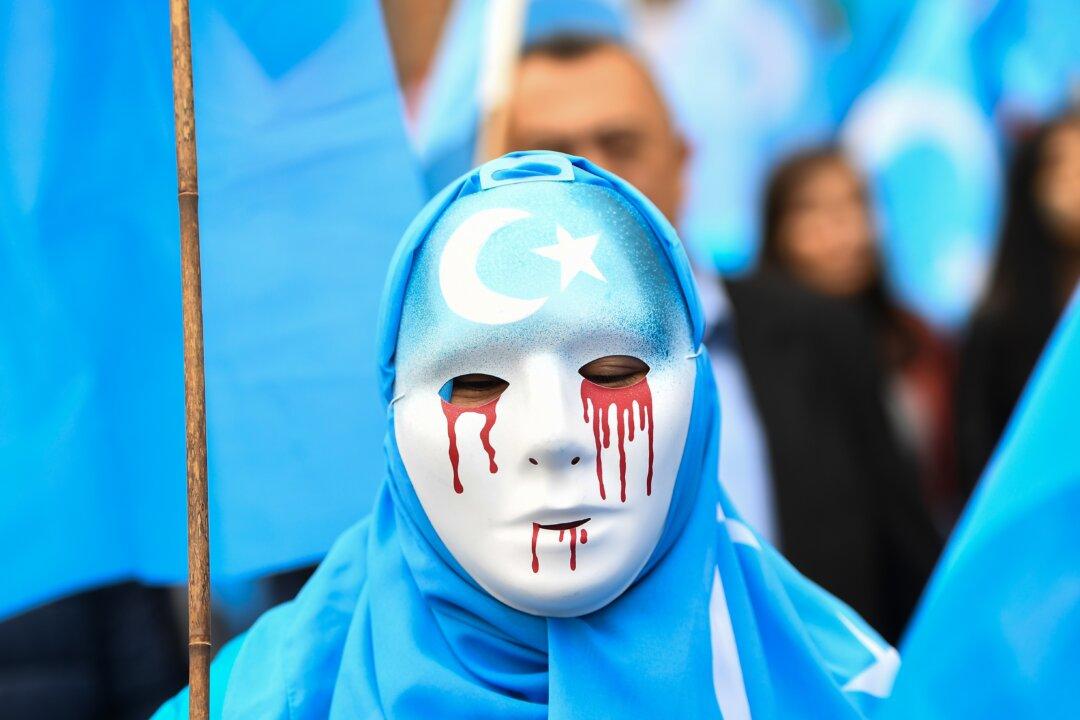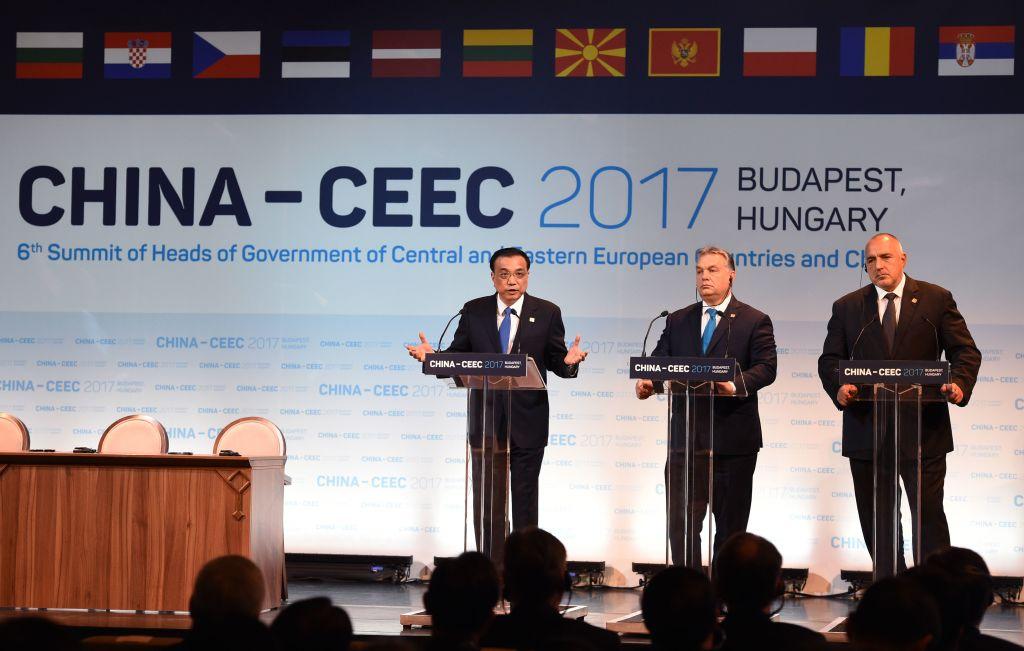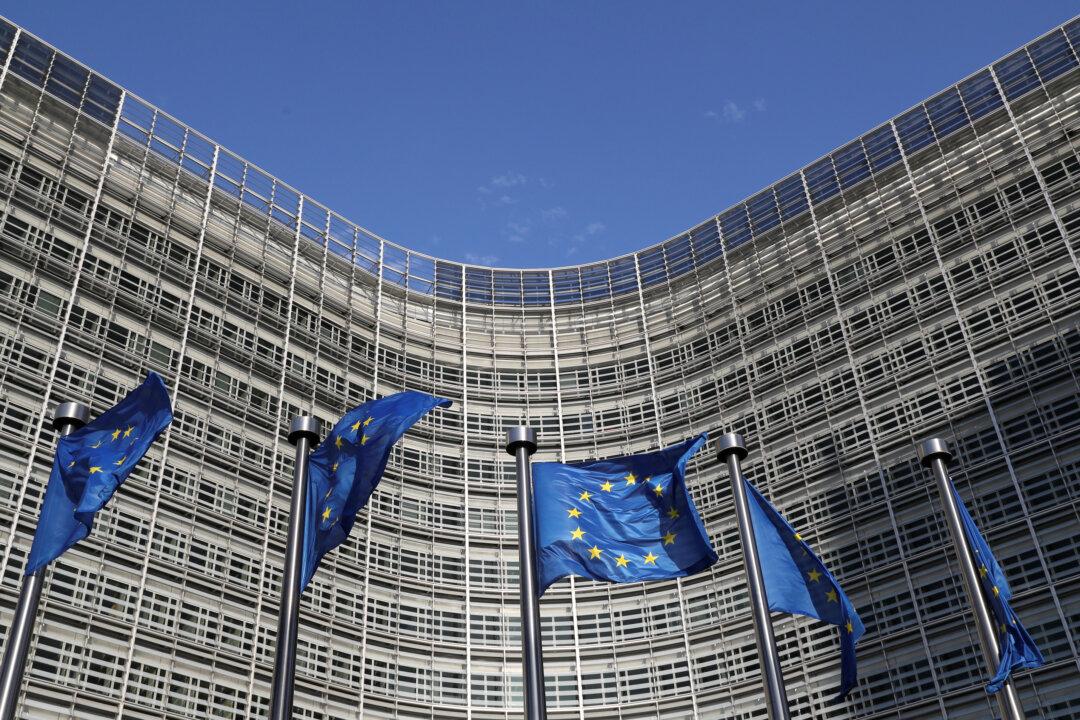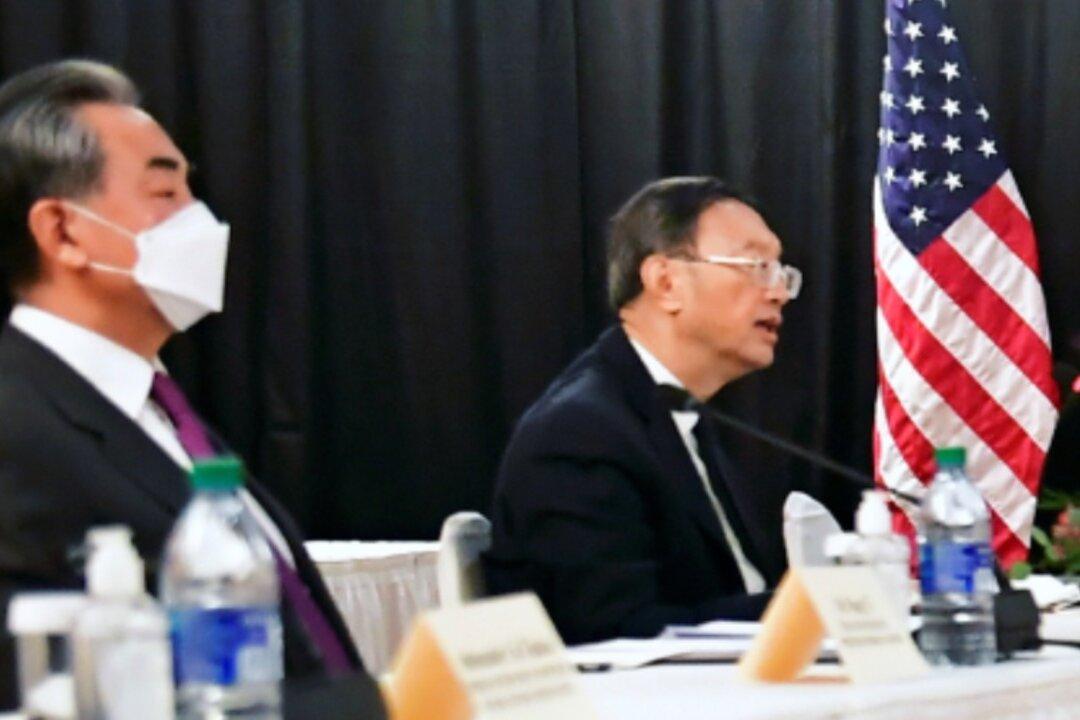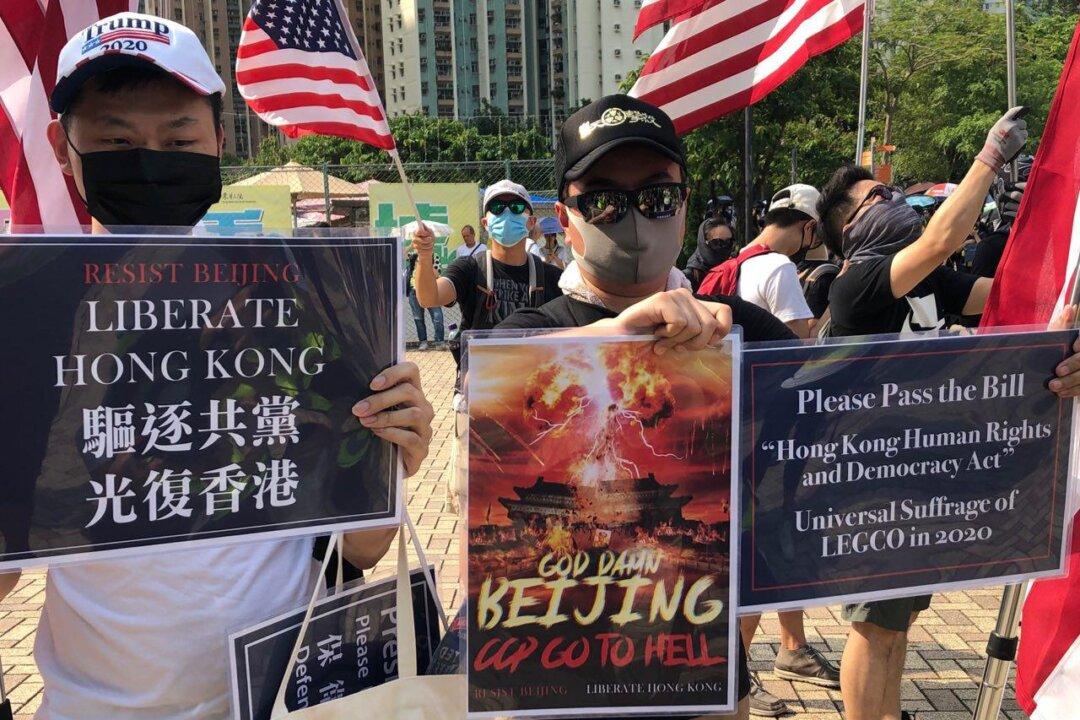The Comprehensive Strategic Partnership, the China–EU Comprehensive Agreement on Investment, the China-Central and Eastern Europe Cooperation Mechanism (17+1 mechanism), and the Belt and Road Initiative can be viewed as the four pillars that support China–EU relations. However, recent actions by member states of the EU have caused some cracks to form in all four pillars.
Among the four strategic pillars, the Comprehensive Strategic Partnership is the most important one as it indicated an improvement in cooperation between the two sides.
On Oct. 13, 2003, the Chinese Communist Party (CCP) published its first policy document on the European Union. On the same day, the European Union approved its fifth China policy communication under the title, “A maturing partnership—shared interests and challenges in EU-China relations,” positioning the EU–China relationship as a “strategic partnership” for the first time.
As the U.S.–China trade war intensified, the EU’s positioning of the CCP changed significantly in 2019. On March 12 of that year, the EU–China Strategic Outlook was issued, positioning the CCP simultaneously as a partner, economic competitor, and systemic rival. The CCP was uneasy about this change.
This May, after seven years of negotiations, the EU put the China–EU Comprehensive Agreement on Investment on ice. Wang Yi, the Chinese regime’s foreign minister, responded by saying, “the only proper positioning of China–Europe ties should be the Comprehensive Strategic Partnership.” His remark implied that the regime anticipated no other positioning in China-EU relations.
Almost at the same time, Lithuania also publicly declared its withdrawal from the 17+1 mechanism led by Beijing.
And on March 31, the new Italian Prime Minister Mario Draghi had blocked the Italian semiconductor company LPE from selling shares to Chinese state-owned enterprises. This move is of iconic significance as it marks the stranded One Belt, One Road Initiative in Europe. Italy had joined the initiative in 2019, the first member of the G-7 to do so.
Thus, cracks have appeared in all four major strategic pillars of China–EU relations.
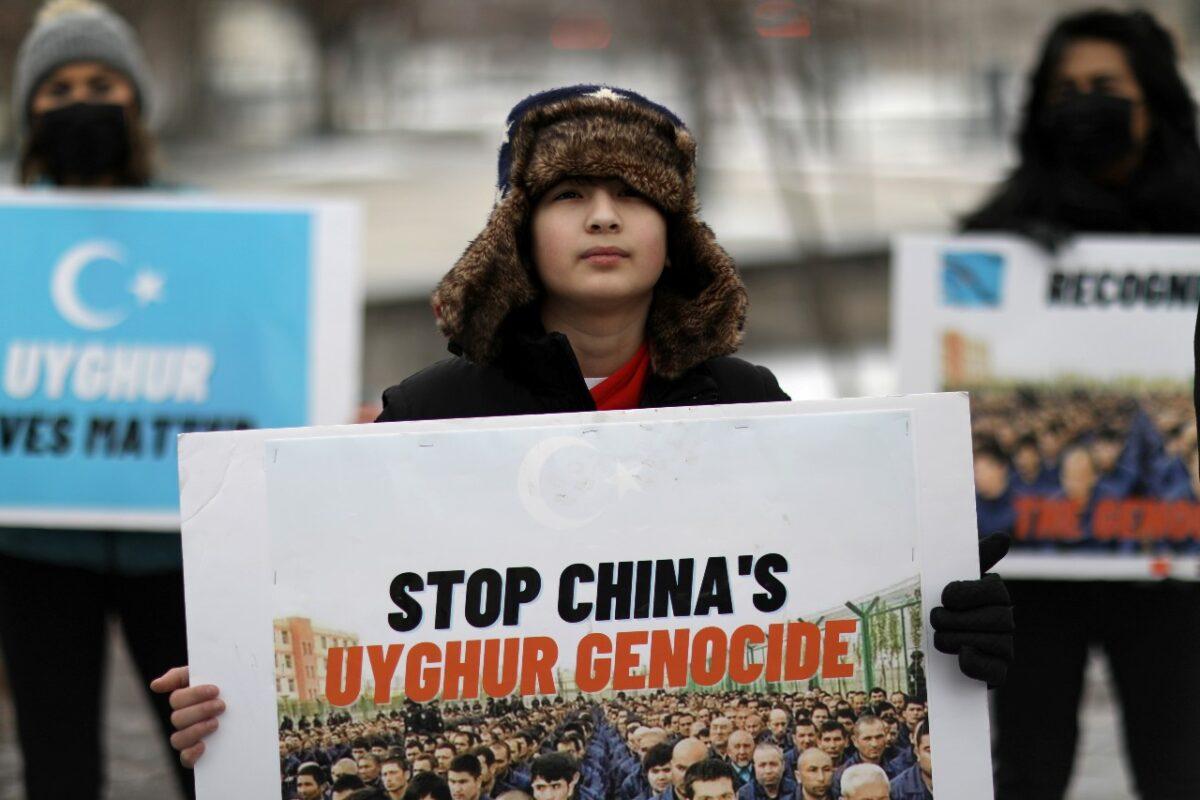
CCP Sanctions Backfire
In March of this year, the CCP sanctioned 10 people and four entities, including five members of the European Parliament. These sanctions directly caused the EU parliament to halt talks on the China–EU Comprehensive Agreement on Investment. The CCP obviously didn’t expect the series of consequences that followed.The Inter-Parliamentary Alliance on China (IPAC), an international cross-party group, launched an initiative on June 7 to boycott the Beijing Winter Olympics and called on leaders of all countries to not attend the games.
Miriam Lexmann, the permanent representative of the Slovak Parliament to the EU and co-chair of IPAC, was one of the people sanctioned by the CCP. Previously, IPAC had prompted the parliaments of the UK and the Netherlands to recognize the CCP’s crimes in Xinjiang as genocide.
On June 2, the EU agreed to establish the “International Procurement Instruments” (IPI), a sanctions mechanism against third countries that block their domestic markets from EU businesses. Reinhard Bütikofer, a member of the German Greens/European Free Alliance (Greens/EFA) was the shadow rapporteur responsible for the IPI. He was also on the CCP’s sanction list in March this year.
Another European politician on the sanction list was Samuel Cogolati, a member of the Green Party (Ecolo) in the Belgian parliament. He recently stated that Alibaba’s project in Belgium is a spy hub.
EU’s Defense Against Chinese Subsidies
At the Global Solutions Summit on May 28, German Chancellor Angela Merkel talked about demanding reciprocity during the development of multilateral cooperation with the CCP. Merkel believes that although there are “systemic differences,” there are still “intellectual property, fair competition, subsidies ... issues that need to be openly discussed and addressed.”Merkel’s remarks echoed comments by U.S. Secretary of State Antony Blinken about the CCP needing to abide by a “rules-based international order” regarding Chinese state-owned enterprises and subsidies issues in China–EU relations.
The subsidies Chinese companies receive that the EU and the United States are concerned about may include free or low-priced land, low utility bills, industrial plants, and equipment. Exports of such products to the international market for direct competition leads to the bankruptcy of European and American companies.
For Europeans, the image of then-French President Jacques Chirac accompanying the then-CCP leader Jiang Zemin in 1999 to inspect the latest high-speed train near Lyon is still vivid. The CCP acquired many high-tech technologies from Europe, resulting in Europe facing an embarrassing failure in its local manufacturing market.
In December 2019, China’s CRRC Tangshan beat Siemens and Skoda and won the contract for the Portuguese subway train.
This May 31, the CCP announced that the state-owned train maker CRRC Zhuzhou Locomotive Co. Ltd. began exporting its first set of double-decker EMUs (electric multiple units) to Austria to cover railway lines in five European countries, including Austria, Germany, and Hungary.
Today, Chinese wind turbines are operating in France, Chinese-made electric buses are spotted in Norway, and power grids of the State Grid Corporation of China are stationed in Poland. New energy vehicles made in the CCP’s state-owned companies are also rushing into the European market.
To counter the CCP’s encroachment on the European market, the EU had to introduce multiple policies.
The IPI mechanism was the first to be introduced, with China as its main target to tackle uneven competition in world public procurement markets.
On May 5, the EU released a new draft law to crack down on the distorting effects of foreign subsidies, also mainly targeting Chinese state-owned companies.
At the same time, the EU began to loosen its own industrial policy. After the EU rejected the rail merger deal between France’s Alstom and Germany’s Siemens in 2019, Alstom announced in January 2021 the completion of its acquisition of Canada’s Bombardier Transportation. Alstom will significantly narrow its geographical size gap with China’s CCRC Corp., the world’s largest train maker, by becoming the world’s second-largest rail manufacturer.
These actions reflect the EU’s anxiety over the CCP’s economic threat and can be regarded as a temporary defensive counterattack strategy.
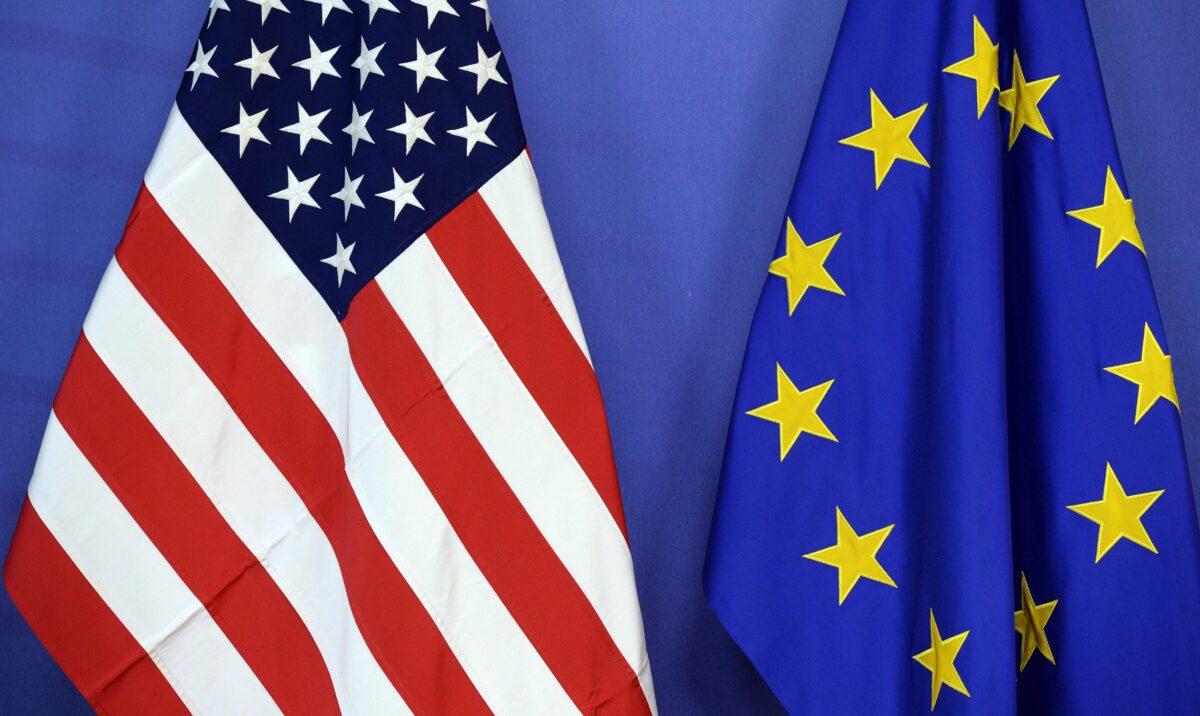
EU and US Must Join Forces
These measures can effectively prevent or weaken the cannibalization of the European market by the CCP. But in markets outside of the EU, European companies are still unable to compete with the CCP’s state-owned enterprises. In other words, this is only a temporary measure taken to preserve the EU market, not a fundamental solution to the problem.For the EU to enhance its global corporate competitiveness, its fundamental goal must be to contain and change the CCP’s market-distorting industrial policy. In this regard, the EU and the United States share the same interest. Essentially, Europe’s only options are to freeze the China–EU Comprehensive Agreement on Investment, join forces with the United States to exert greater pressure on the CCP, and force the CCP to change its industrial policies.
The EU and the United States should have also realized that, from the perspective of Chinese leader Xi Jinping and the CCP, drastic changes in industrial policies and subsidies would have required Xi to go back on his word and overturn what he had done. Unless Xi and the CCP’s survival are threatened, there is little possibility of this happening.
It is however foreseeable that in order to achieve a balance in bilateral trade and the market, joint efforts and measures adopted by the West to force the CCP to open more markets and make some changes to industrial policies will in fact become one of the achievable goals. The CCP will also have to pay a higher price than it did in the first phase of the U.S.–China Trade Agreement and the China–EU Comprehensive Agreement on Investment.
